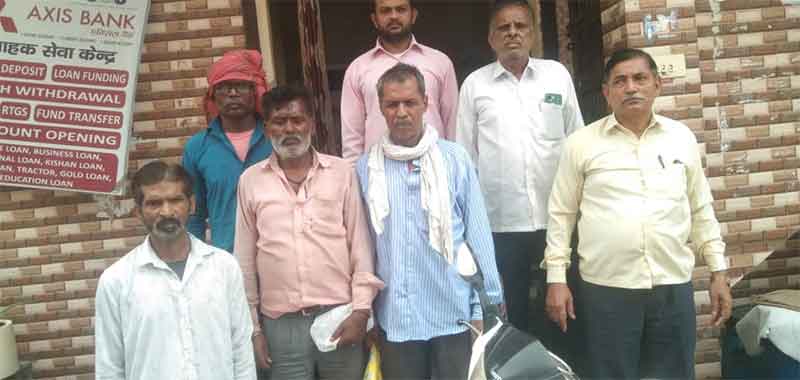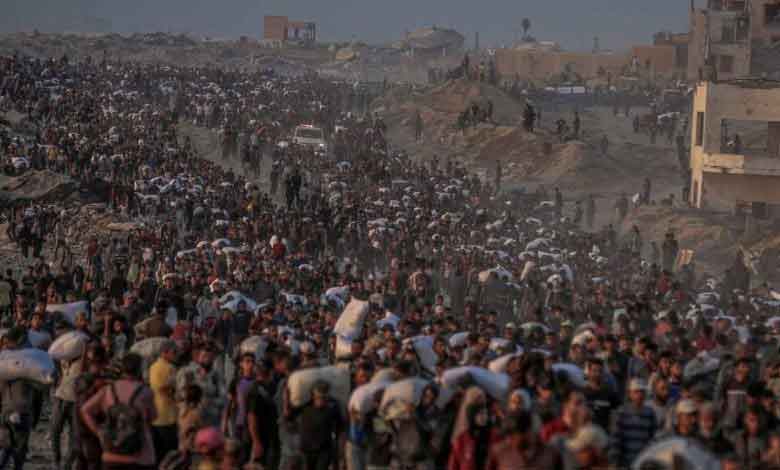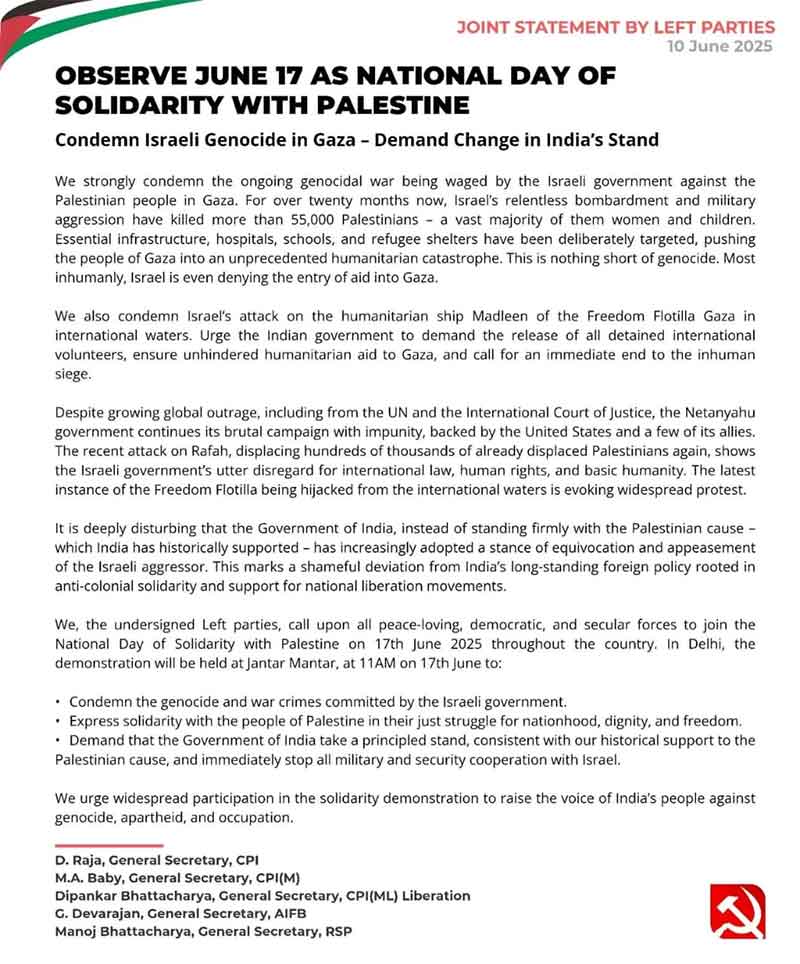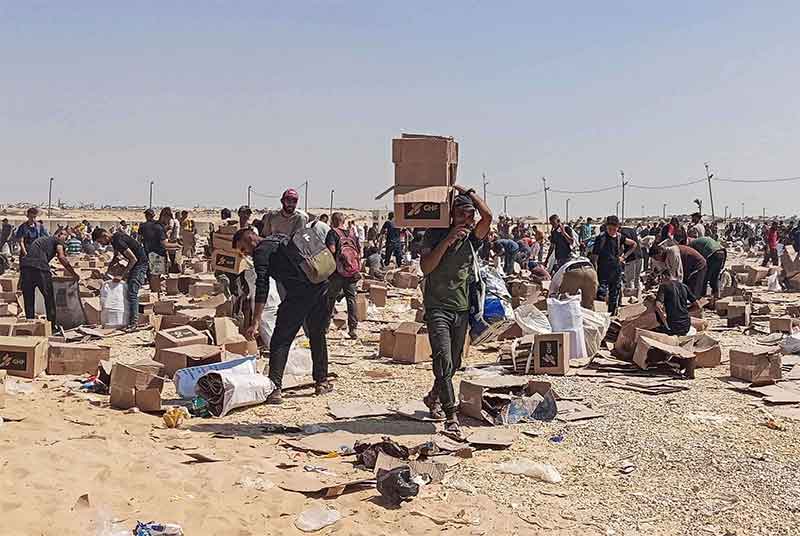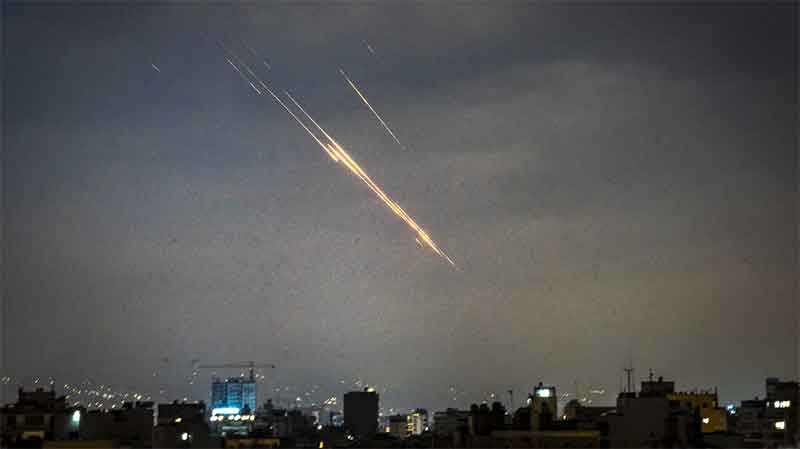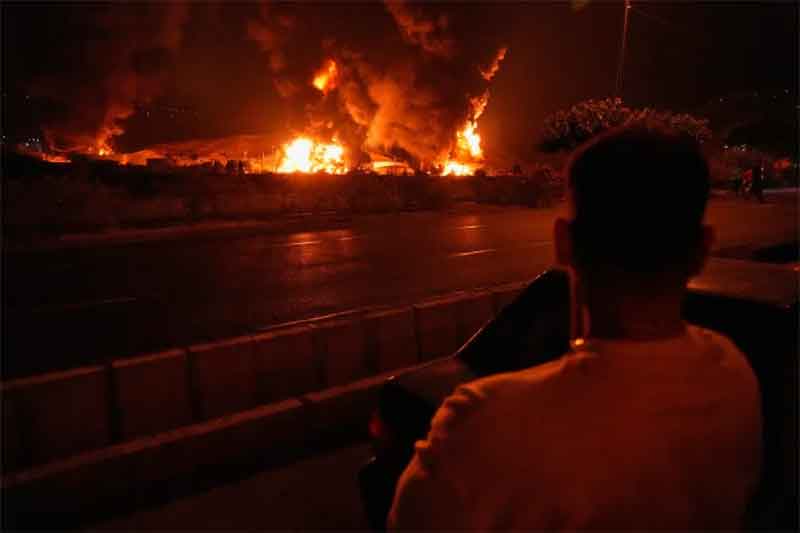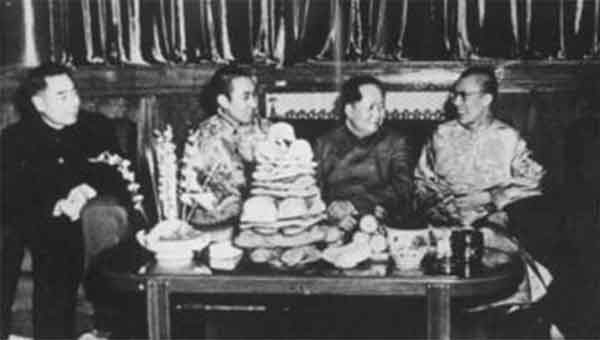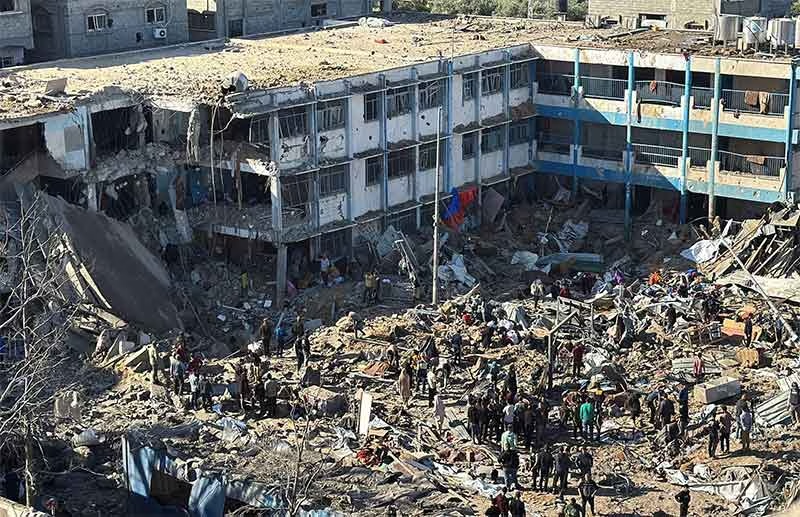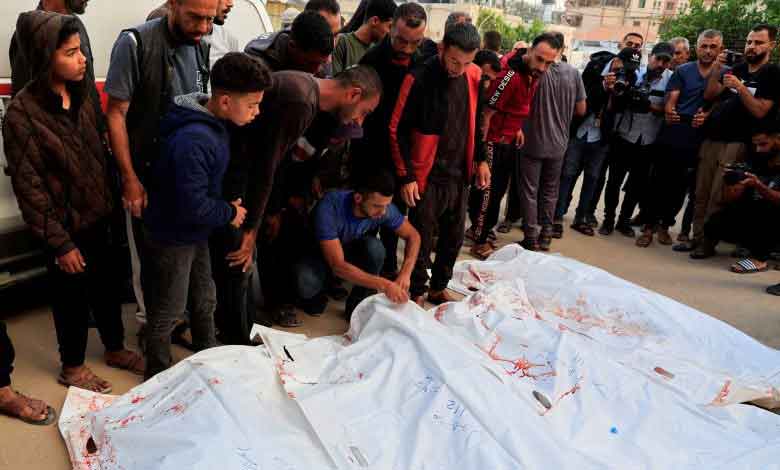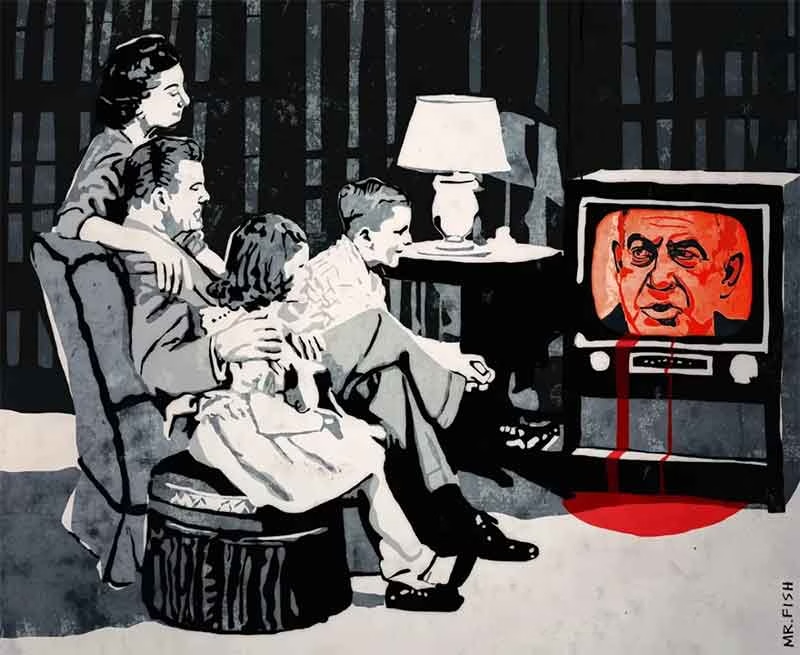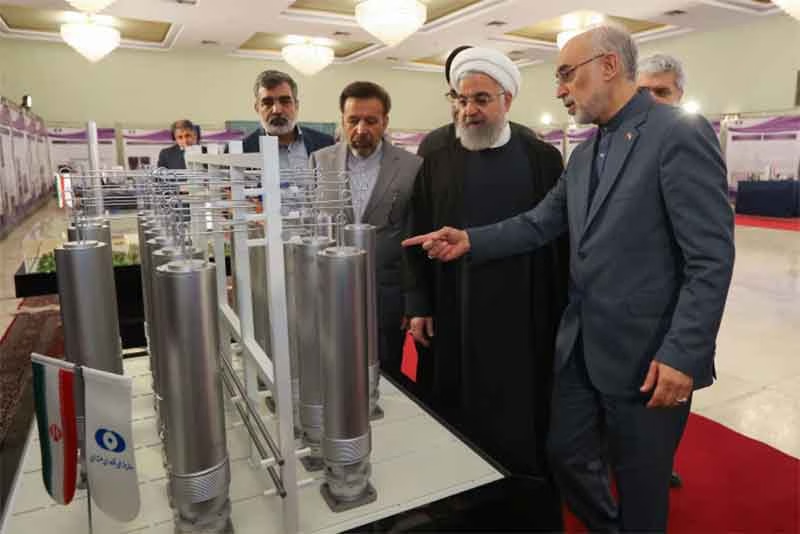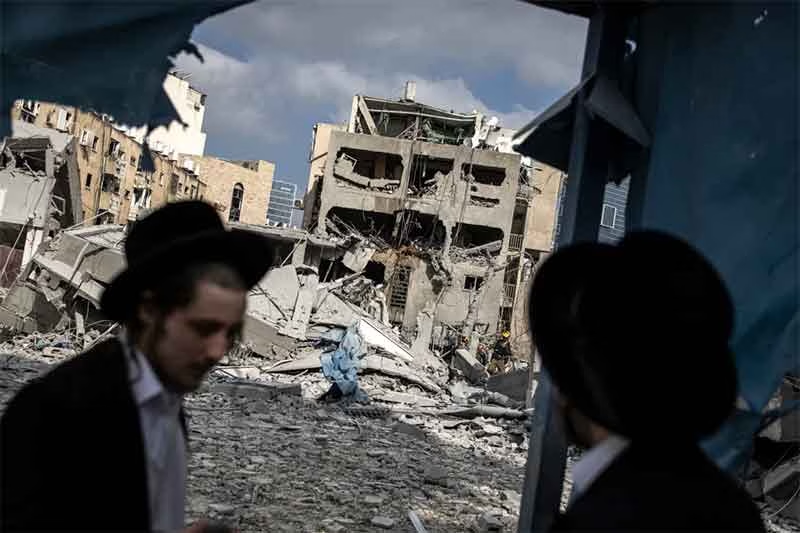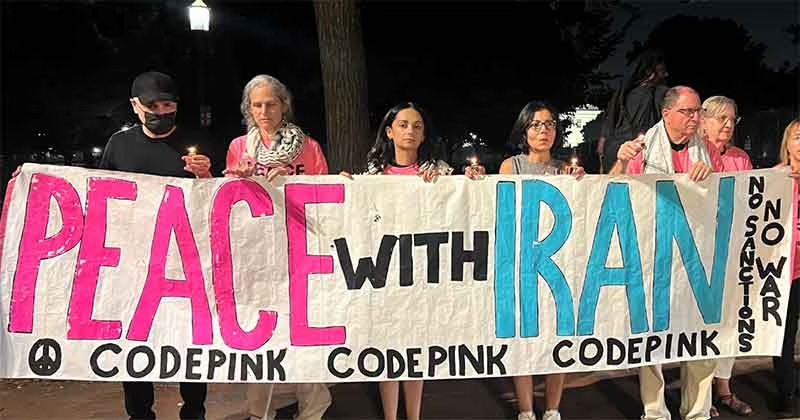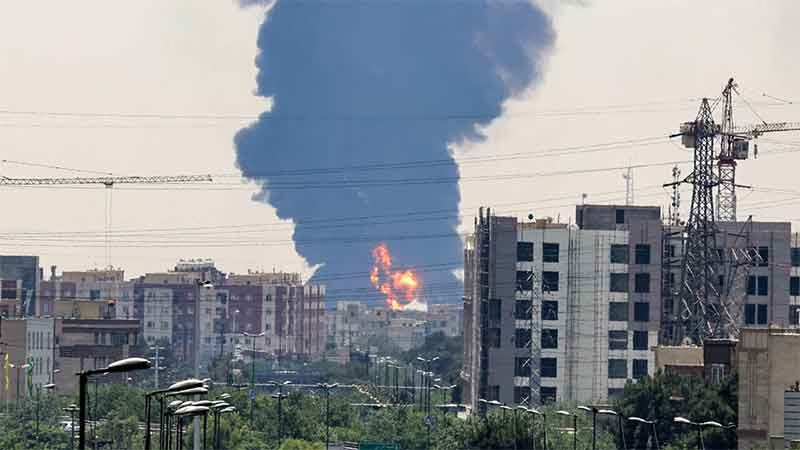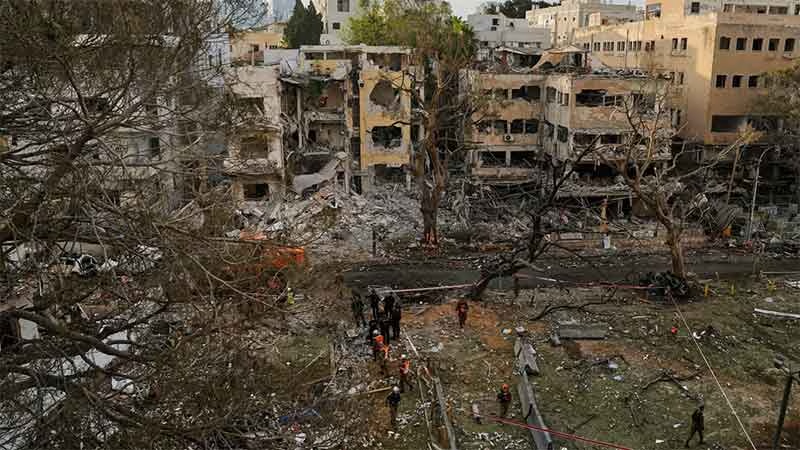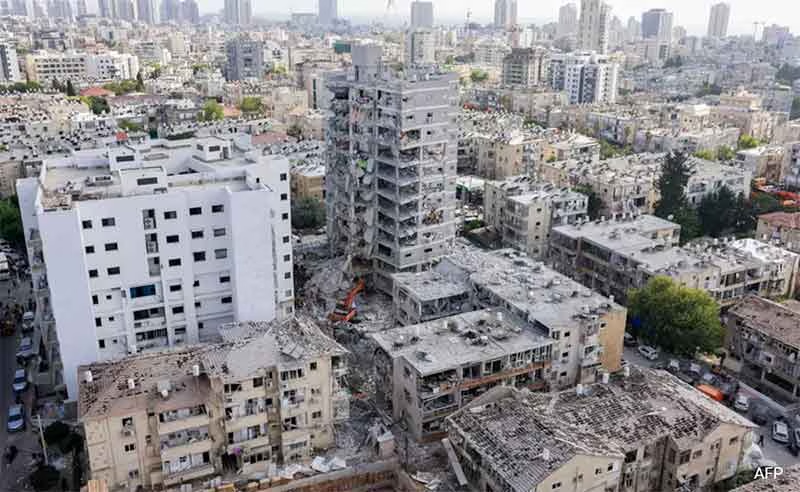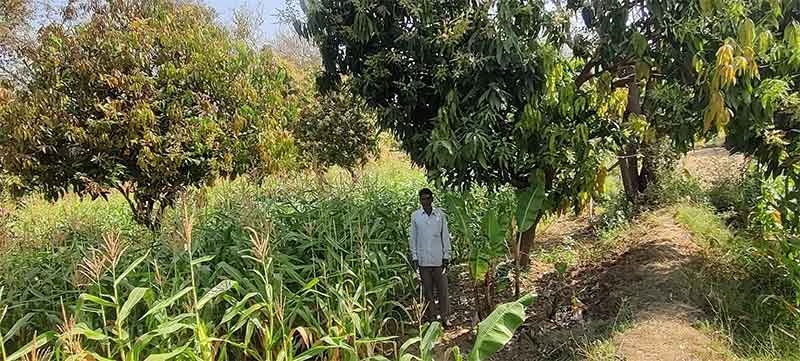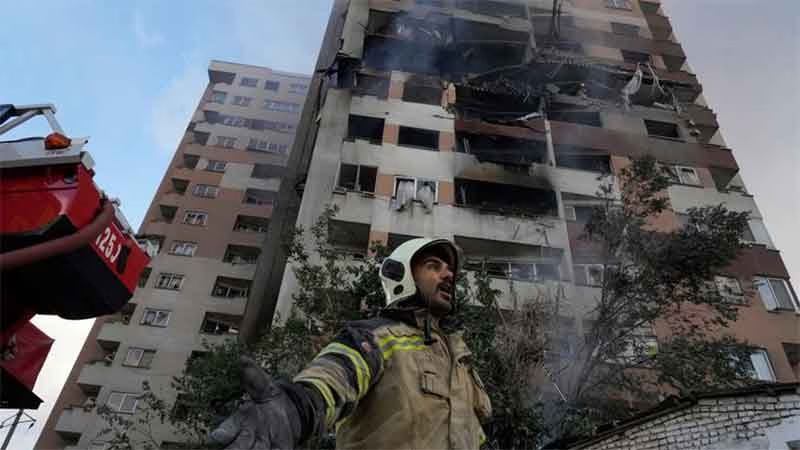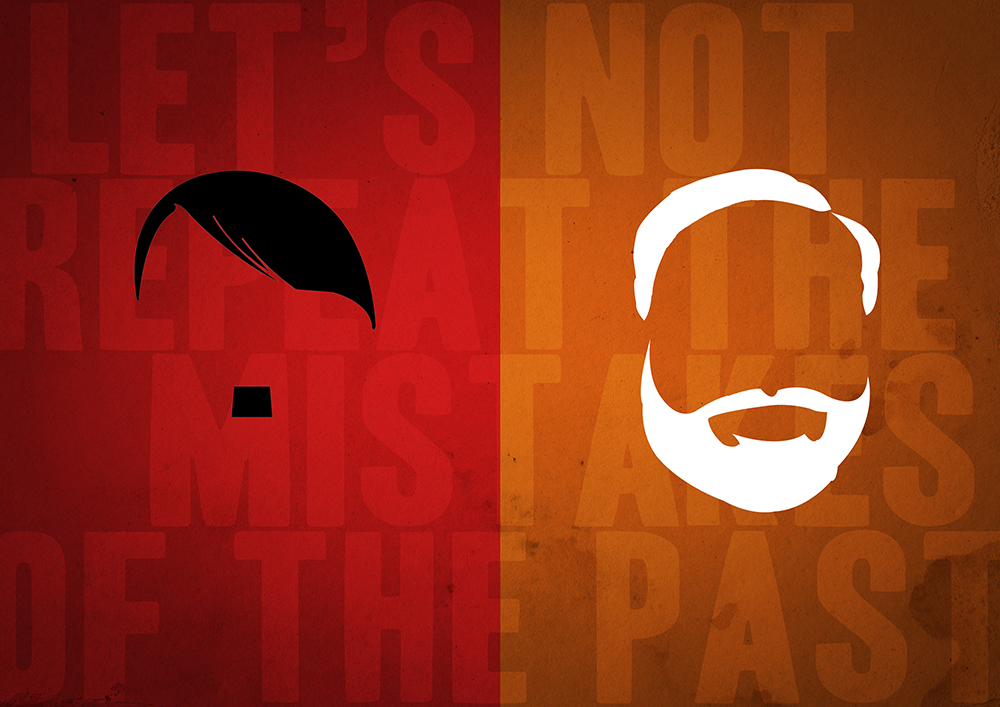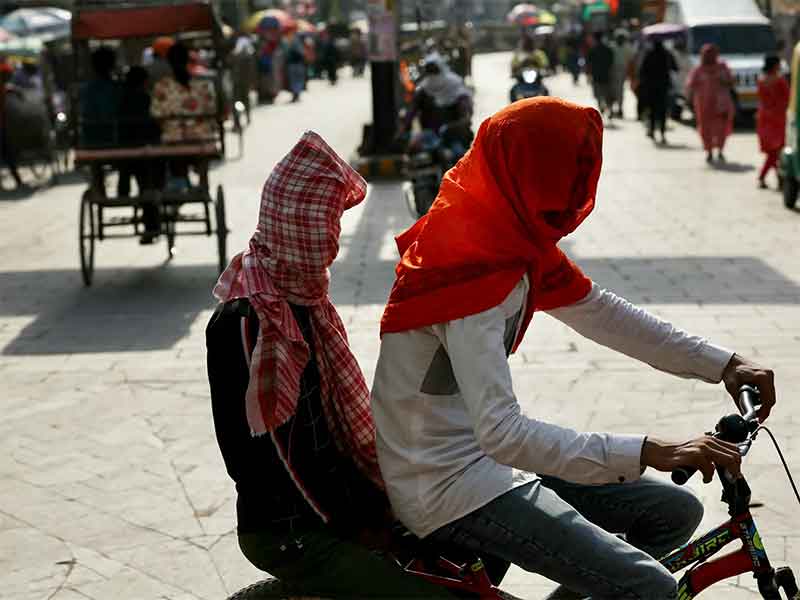
He found some fame, a few lines in newsprint, only after he passed away. He was labeled the “first victim” of this year’s fierce heat wave in Delhi. “Delhi heat claims first victim — 40-year-old factory worker from Darbhanga,” read one headline.
Is there some kind of honor or prize, even posthumously, for making it to the “first victim” spot?
He lived “in a room with no cooler or fan,” the report added. This is probably unimaginable for most of us, who have access to various forms of climate control. We balk at the prospect of not being under a fan in this weather and are always running to a variety of cooling aids.
The doctor who attended to the 40-year-old noted that, “these patients are primarily from low-income groups.” This was a vital piece of information we are glad to receive. Else we might have missed the context entirely. Now it does not surprise us anymore.
These nameless, faceless ones who work in daily-wage jobs and in factories and come home to rest in the torrid heat of Delhi without a fan or a cooler are from the low-income groups, so no wonder. Who else would stay in a fan-less, cooler-less room when Delhi is being scorched by infernal flames? Primarily these low-income people; surely not the middle-income groups and god-forbid the high-income wallahs.
Our deceased brother from Darbhanga was working in a factory making pipe-fittings, it seems. Maybe those same fittings would be used in some new building somewhere, in someone’s house. Possibly a multi-crore luxury residence in Gurgaon. Or they might find use in conveying water to every village, including his own in Darbhanga district, under the government’s scheme.
It was in the heat of April and May a few years ago that thousands of migrant workers undertook seemingly impossible journeys back to their homes when a covid lockdown was announced suddenly. Many of them walked back from Delhi, Mumbai and other big cities to their villages in UP, Bihar, Jharkhand and Chattisgarh. Others packed themselves in truck containers for journeys of 100 hours or more. So many perished by the roadside, on their way home. 16 workers from a steel-factory in Maharashtra were crushed by a train when they made the mistake of resting on the tracks, tired as they must have been walking back home to Madhya Pradesh.
Despite much talk at that time of workers’ rights, workers’ housing in cities, registration cards etc, much of those sentiments remain mere talking points in conference rooms. The reality of industrial modernity of India remains largely primitive, exploitative and inhuman. We do not have to refer to conditions described by Engels in his accounts from 19th century England. Nor do we need images from photographer Sebastiao Salgado’s series on workers to remind us of the conditions of so many of the working folk, primarily from “lower-income groups.” They are continuing realities for a great proportion of the working class in India.
As Shankar Ramaswami, a labor activist and researcher notes about a metal-polishing factory in Okhla, Delhi: “Steel polishing is dirty, difficult, and dangerous work, entailing a fusion of brute force and fine artistry. Workers polished metal pieces at eight machines, using cutting, fiber, and cloth buffs, over nine-, 12-, and 17-hour shifts. They wore tattered work clothes, used second-hand sari fragments as face masks, and bathed in a single-person latrine and adjoining chamber. Polishers developed thick calluses on the hands, incurred injuries to the wrists, arms, and face, and suffered from chronic colds, fever, stomach disorders, and tuberculosis. They resided with other male migrants, wives, and children in rooms, shanties, and small houses in south and southeast Delhi, Faridabad (Haryana), and NOIDA (Uttar Pradesh).”
If we’ve traveled around in our cities, we’ve all witnessed such realities. The cart-pullers straining to pull the load of metal bars (TMT bars) for delivery, with much of the cargo sticking out of the cart, tied with a reddish rag, for safety. Loaders and unloaders flitting about under heavy loads near Kashmere Gate, in Asia’s supposedlylargest automotive market. More cart-pullers resting on their carts to catch a breather between tasks behind Jama Masjid. Hundreds of children assisting in repairing trucks, cars, and scooters in roadside repair-shops. Who has the time and luxury to think of high temperatures? Who has time to reflect on extreme climate conditions? Much labor in India, especially migrant labor and contractual industrial labor in India exists in acute precarity. A study after industrial accidents like the 2022 fire in a factory in Mundka, Delhi, stated that,
“3 Workers Die Every Day In Indian Factories, Govt Data Show.” These were in so-called “registered factories.” What is the toll on workers in thousands of other industrial workplaces which operate below the official radar can only be imagined.
India’s social discrimination seems to have seamlessly transferred over in the economic realm also. But this is not necessarily some feudal economic setup we are talking about. These are the realities of economic disparities in our cities, which of course prey on the continuing impoverishment of much of our countryside.
Subscribe to Our Newsletter
Get the latest CounterCurrents updates delivered straight to your inbox.
Darbhanga, from where the “first victim” came to Delhi, is not in the government’s list of “Aspirational Districts.” These are more than 100 districts in India with some of the poorest socio-economic indicators.
From the official Darbhanga district website, one finds that the area has several educational institutions and that the “land in Darbhanga District is generally very fertile and there are hardly and [any] uncultivated areas.” The same site establishes its claim to fame as “heart of Mithilanchal – the fertile, alluvial plains of North India,” and, one might add, associated with Indian epics, history and some extremely important intellectual quests.
Yet, none of that precludes the possibility of skewed economic realities. Delhi NCR has a sizable population of Maithili-speaking people who work in a wide variety of fields. Quite obviously the Darbhanga area has as many “drivers of out-migration” as any other place. There are some ground-level realities of India’s workforce that we who are distant from them just do not know. The desperation or simply the acute aspiration to better lives by migrating to another place which seems to offer more hope. And the compromises that one has to make in order to pursue such aspirations – such as living in cramped quarters without any basic protection against the deadly heat of Delhi.
Umang Kumar is a writer based in Delhi NCR.




